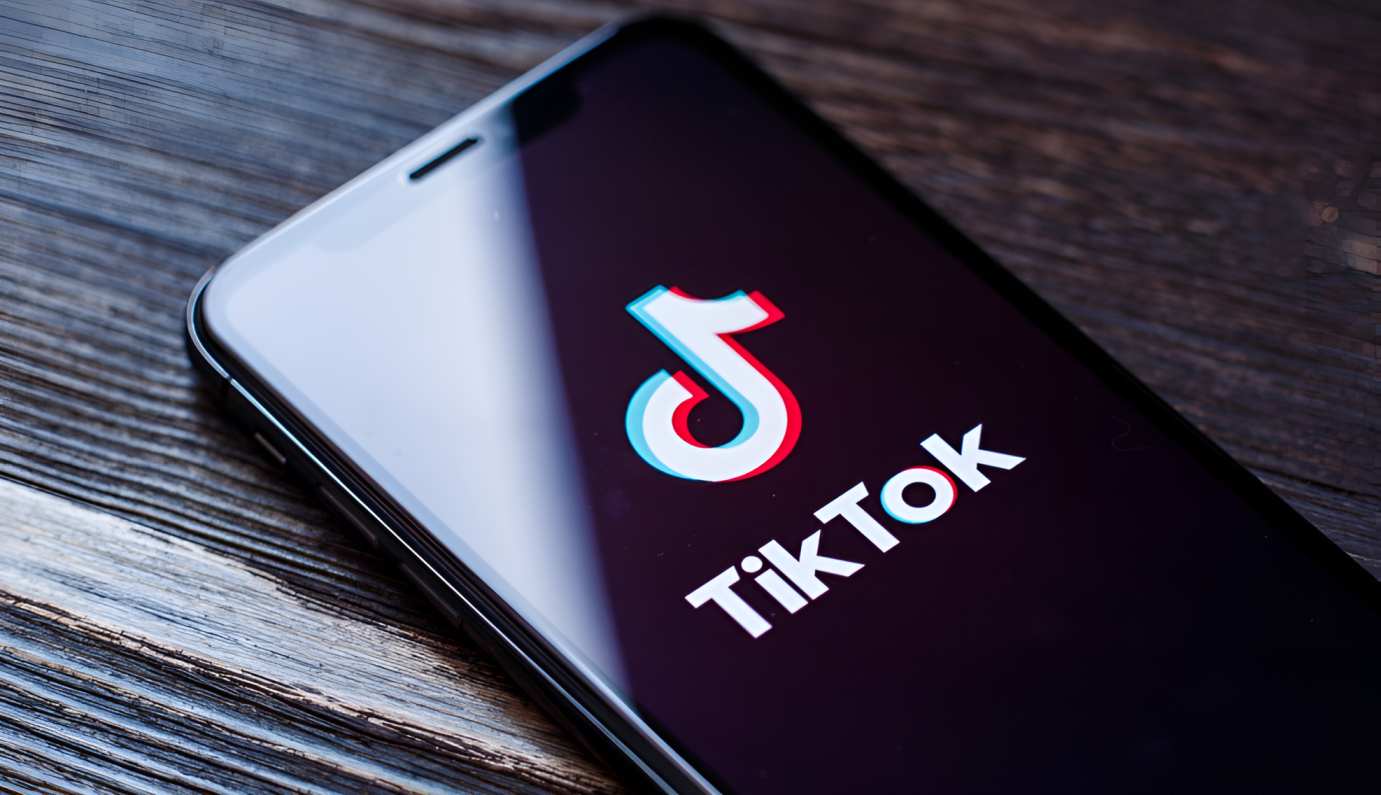Influencers, politicians, and platforms like TikTok and Facebook have been named as the main drivers of false or misleading information in Kenya, according to the 2025 Reuters Institute Digital Report released on Monday, June 23.
The report shows that 59 per cent of Kenyans blame influencers for spreading disinformation—well above the global average of 47 per cent.
Kenya and Nigeria are among the countries most concerned about influencer-driven disinformation, followed closely by public concern over the role of politicians in distorting facts online.
“Young, educated, urban and affluent respondents were most likely to flag online personalities as a primary concern in the digital information landscape,” the report says.
The findings are based on an online survey of English-speaking Kenyans aged 18 to 50. It highlights that 73 per cent of respondents in Africa struggle to tell true from false information online, with many naming TikTok and Facebook as the main channels for misleading content.
A separate investigation by AFP uncovered that some prominent influencers in Kenya and Nigeria had been hired by political parties and candidates to push false narratives.
Despite growing concerns, social media platforms remain central to how Kenyans access news, with YouTube leading at 54 per cent, followed by Facebook (52 per cent), WhatsApp (46 per cent), X (42 per cent), and TikTok (38 per cent).
TikTok was singled out as one of the fastest-growing platforms for news, but also among the most associated with misinformation.
Facebook, already considered problematic, now shares that position with TikTok, while WhatsApp is seen as less dangerous due to its more private and contained nature. However, the report warns that exceptions exist, such as in India, where false information shared via WhatsApp has previously led to violence.
Just 11 per cent of users said friends and family were a source of disinformation, revealing that false content is mainly spread through more formal and public channels.
While the public is divided on whether social media platforms are doing enough to moderate harmful content, concern over regulation is growing, especially in Europe and the US. In the US, 57 per cent of people view politicians as the top source of misinformation, with views on moderation deeply divided along political lines.
In Kenya, mobile phones are the dominant tool for news access, with 92 per cent using smartphones, followed by 81 per cent using computers and 52 per cent using tablets.
YouTube use for general purposes has grown to 63 per cent, though its use for news has remained stable at 30 per cent. Its popularity is linked to low data costs and a preference for video content due to lower literacy rates in some areas.
Despite digital disruption, traditional media remains strong in Kenya. Outlets like Citizen TV, NTV, and the Daily Nation enjoy trust levels of about 90 per cent, with overall trust in news standing at 65 per cent. Trust is slightly lower among those under 35.
The report also explores the rise of AI-powered tools in the news space. While only seven per cent of people globally use AI chatbots for news weekly, that number rises to 15 per cent among those under 25. In mobile-first countries like Kenya, AI-based notifications and aggregators are becoming key sources for breaking news.
Support for AI in news varies. Many favour its use for summarisation (27 per cent), translation (24 per cent), and personalised recommendations (21 per cent), but others fear it could lower transparency, trust and accuracy.
“A net 29 per cent believe AI will make news cheaper to produce and 16 per cent say it will make news more up-to-date, but 18 per cent think it will make news less trustworthy,” the report states.
Encouragingly, people still turn to trusted news brands and official sources when verifying questionable information, with legacy media playing a key role in fighting disinformation across all age groups.
Globally, only 18 per cent of people in wealthier countries pay for news online, with the highest rates in Norway, Sweden, and the US. Subscription rates remain much lower in countries like Greece, Serbia, and Croatia.
The report concludes that while AI and digital platforms are changing how people access news, the role of trusted, human-led journalism remains crucial—especially in countries like Kenya where political and influencer-led disinformation continues to grow.
